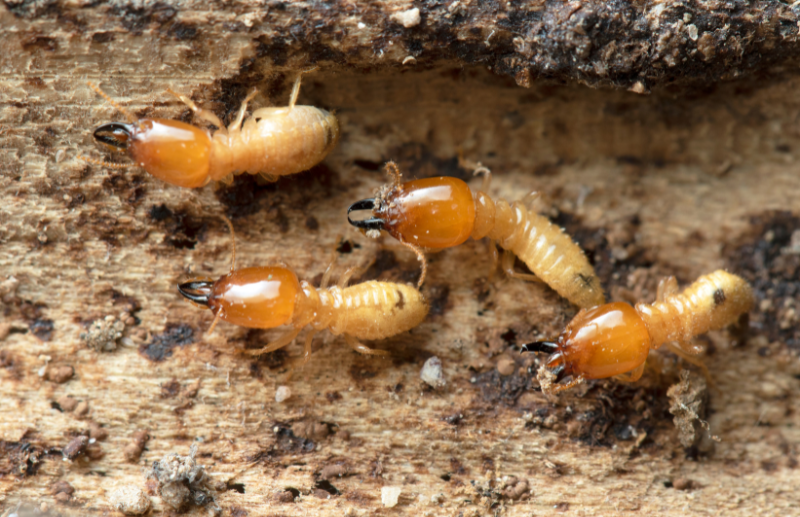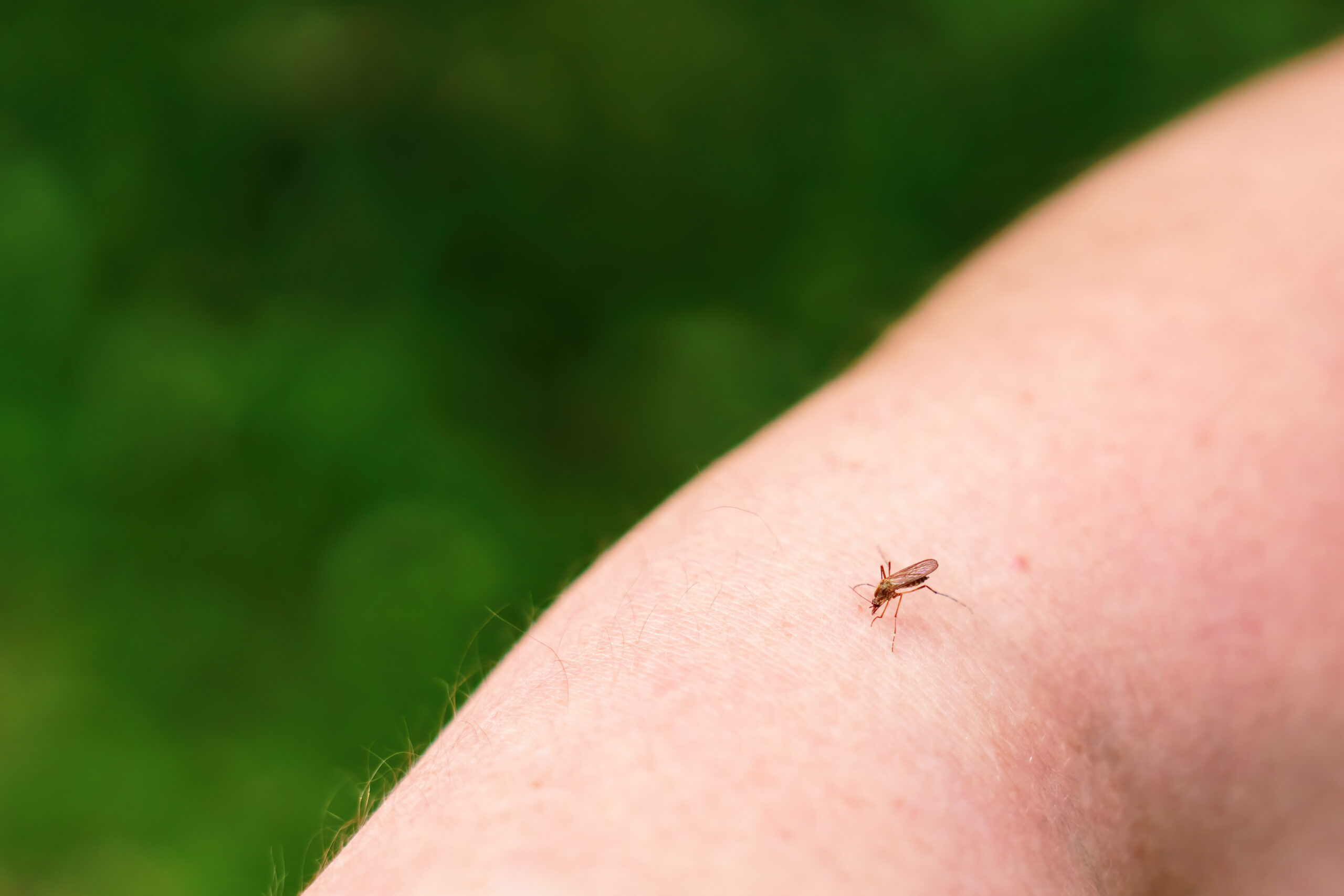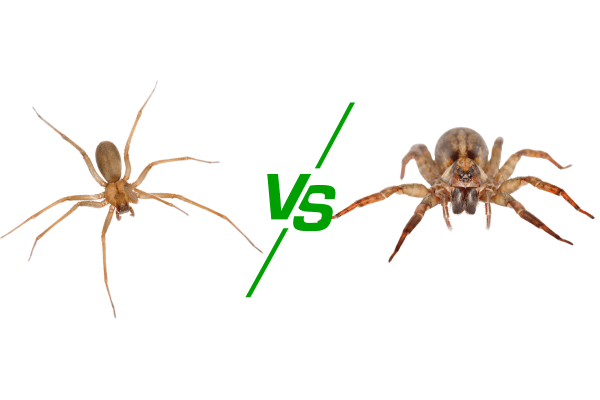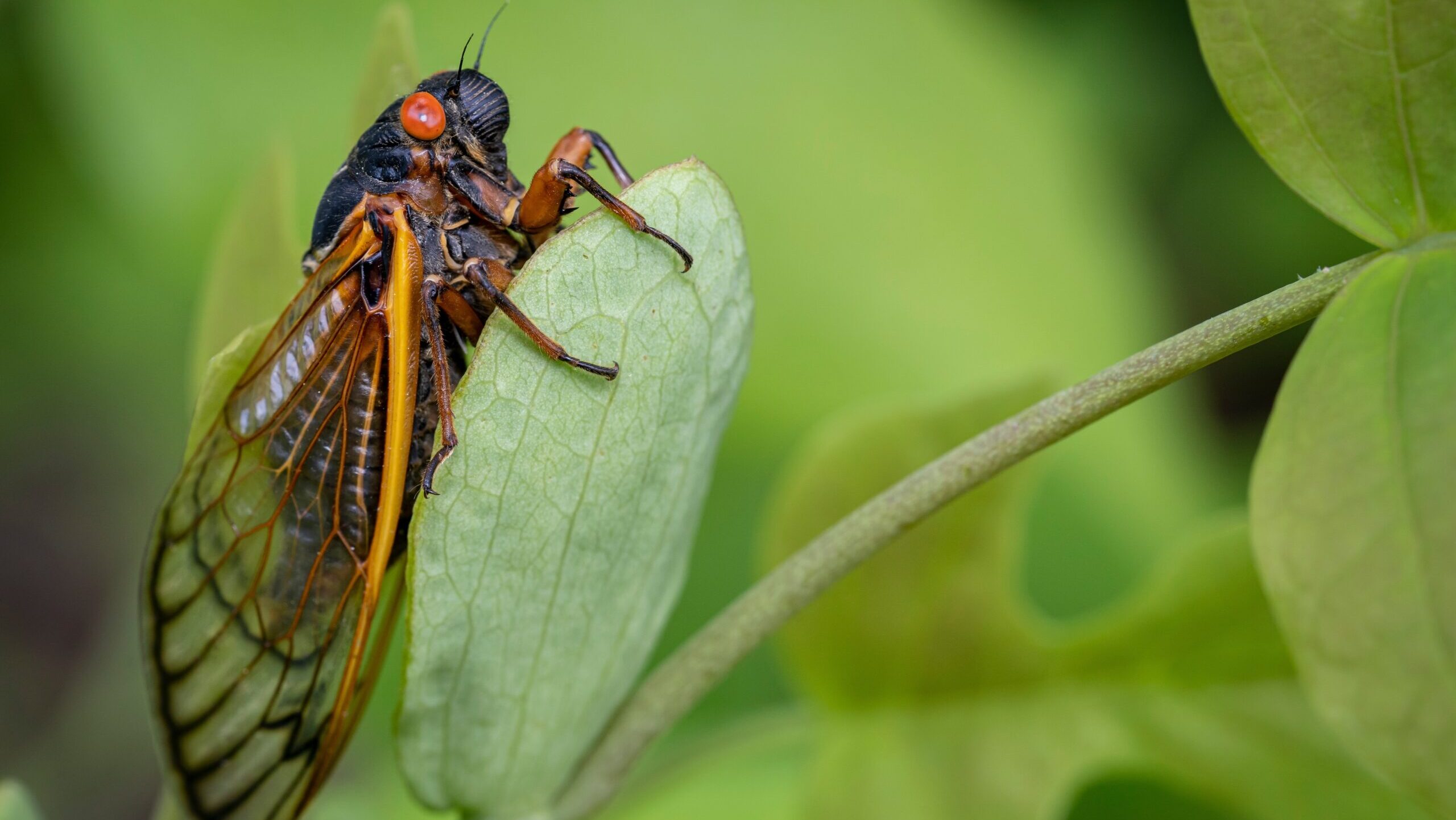What Eats Termites? Nature’s Termite Predators
Termites are notorious for causing extensive damage to homes and buildings, but did you know they also play a crucial role in the ecosystem? While they might be a homeowner’s nightmare, termites are also a vital food source for various animals. We’ll explore the natural predators of termites, how they help control termite populations, and why professional termite management is still essential for protecting your home.
What Eats Termites in the Wild?
In nature, termites have several predators that help keep their populations in check. Here are some of the most common animals that eat termites:
1. Ants
Ants and termites have a natural rivalry. Certain ant species, like the matabele ant, specialize in preying on termites. These ants will invade termite colonies, capturing workers and soldiers as food for their own colonies
2. Birds
Many bird species enjoy termites as a nutritious snack. Birds like woodpeckers and hornbills are particularly adept at hunting termites, especially during termite swarming season when winged termites leave the colony in search of mates.
3. Reptiles
Lizards and geckos are known to feast on termites, especially in warm climates. These reptiles often find termites near the soil, inside logs, or during swarming events.
4. Mammals
A variety of mammals eat termites, including:
- Anteaters: As their name suggests, anteaters are natural termite hunters, using their long snouts and sticky tongues to extract termites from their nests.
- Aardvarks: These animals dig into termite mounds to feed.
- Bats: Some bat species catch and eat termites during their swarming flights.
5. Amphibians
Frogs and toads often include termites in their diet. These amphibians feed on termites when they’re near the ground or swarming.
6. Spiders and Other Insects
Some spider species prey on termites, setting up webs near termite activity to catch them. Other insects, like wasps and beetles, are also known to feed on termites in their various life stages.
Why Natural Predators Aren’t Enough
While termites have numerous natural predators, relying on nature alone to control termites isn’t a reliable strategy for homeowners. Here’s why:
- Termites Breed Rapidly: A queen termite can lay thousands of eggs in her lifetime, allowing colonies to recover quickly even after predator attacks.
- Limited Reach: Natural predators often focus on termites in the wild and may not address colonies hiding deep within your walls or foundation.
- Structural Damage: Even a small colony can cause significant damage before predators intervene.
For effective termite control in your home, professional pest management is key.
💡 Pro Tip: Even if you don’t see termites, it’s wise to schedule regular inspections to catch infestations early.
From ants to aardvarks, termites are a crucial part of the food chain. But while they’re a feast for some, they’re a major problem for homeowners. Don’t let termites feast on your home—trust the experts at Phoenix Pest to keep your property safe and secure.
📞 Call us today at 623-294-8916
🌐 Visit phoenixpest.com
Protect your home from termites—schedule an inspection with Phoenix Pest today and enjoy peace of mind knowing your property is in expert hands.




